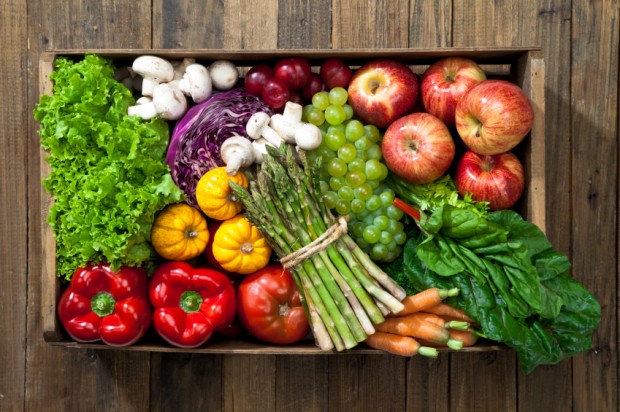
Perhaps you’ve been thinking what you’re gonna to say to your boss when that big day comes.
“I hate this job. I quit!”, or
“I have a new boss now. It’s me”, or
“We need to talk. Please step into my cubicle…”
You know you’re going to do it. It’s just a matter of time. You already know why you should start a food hub.
Today, we’re going to talk about how.
It’s pretty easy. In fact, it’s only seven simple steps.
Step 1 – Get your friends and family on board
If you live and breath fresh organic food, there’s a good chance people close to you do as well. Friends, co-workers, family and neighbours are all easy to recruit.
Tell them they can buy clean, healthy farm fresh food from you instead of that junk in the supermarket. Tell them that they don’t need to do anything but place their order with you each week. You’ll do all the work.
Step 2 – Make a local farmer an offer he can’t refuse
Go to your local farmer’s market and seek out small family farms. Ask lots of questions. Buy some of their food to try and compare.
Next week go back and say to one farmer: “I buy food on behalf of 5 families (from step 1) that are looking for the best local food. We especially love your cabbage and bok choy. If I called you up a few days before market with our order, could you box that separately and I’ll bring cash and pick it up from you right here?”
Step 3 – Test and get feedback
Give it a try and get feedback from your friends, neighbours and family (They’re now your customers, by the way). Ask the farmer too how it went.
Step 4 – Learn and adapt
You might need to tweak your farmer sales pitch, or your setup with your customers. Fine. Live and learn.
Step 5 – Repeat with other farmers
Take your refined method and approach other farmers at the market selling different food. But this time ask for a 10% discount for buying in bulk. Mention your first farmer.
Repeat this process over the coming weeks. Your customers will love the added variety and will spread the word. You might be able to get up to a 15% discount as your volume increases.
But I wouldn’t recommend pressing them on price cause you want the farmers to flourish too. You have very low costs as your corporate job is still paying the rent. You can out-compete the biggest supermarket. It’s almost unfair.
Step 6 – Look for ways to save time
Your time is limited, so find ways to save time on the most time-consuming parts of your growing business.
- Ask farmers if they’d deliver directly to you. They probably won’t mind cause they’re in town anyway and it’s easy business. Pay a modest delivery fee if necessary (which you price in so your customers pay it, not you).
- Offer free food to people who help you split food into individual orders for your customers.
- Taking orders by email and phone is very inefficient. Learn about setting up an internet shop in the free 7-day online course called The Smart Farmer’s Guide to Selling Online. It’s for food hubs too.
Step 7 – Quit the rat race and never look back
Clean local food is booming. It won’t take long before your food hub pays the rent. And it can really take off when you put in more than just evenings and weekends.
Don’t be in a rush, but as soon as it makes sense, go to work one day with your head held up high, and a smile on your face, and say…
“I quit!”
It’ll be the first day of the rest of your life.